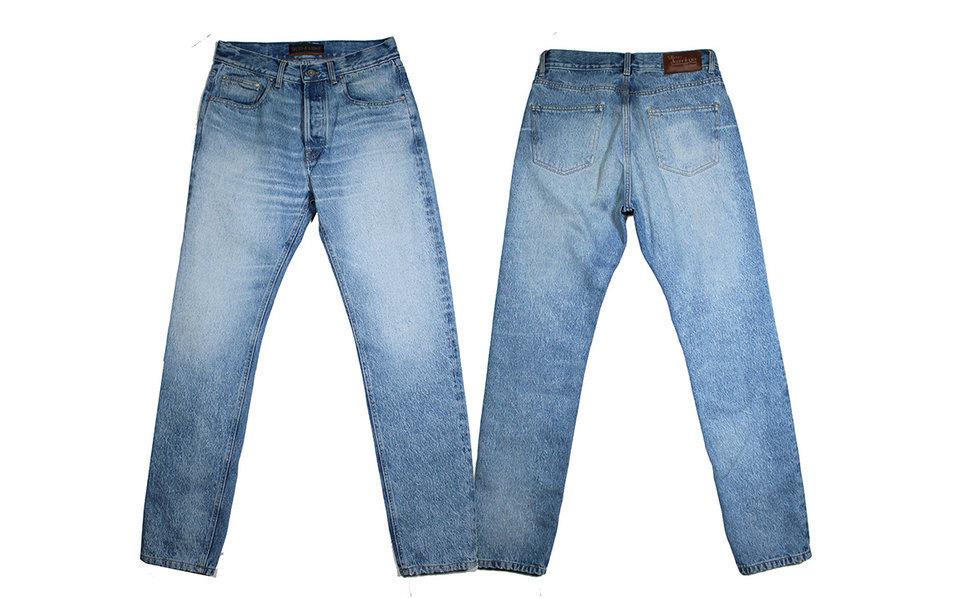Of Pants and Panties

Many readers most probably are regular users of trousers or pants. As it happens with other words in the English language, the word “pants” is one of those shortened terms whose origin has been forgotten over time. First used in 1840, it was associated with a silly old man in Italian comedy, Pantaloun, whose name was derived from Italian Pantalone. (The Spanish word for “trousers” is, coincidentally, pantalón or pantalones.).
You may assume that panties is also related to “pants.” Indeed, it is its diminutive. It was a derogatory term used for men’s underpants in the nineteenth century, and took its current meaning of underwear for women or children in the early twentieth century.
Despite their distance, languages sometimes have curious analogies. The case for pants and panties in Armenian is not very far from English. The word վարտիք (vardik), meaning “pants,” was borrowed in Classical Armenian from Pahlavi (the language used by the Parthian dynasty of the Arsacids in Persia, from the third century B.C. to the third century A.D.), where varti meant “pants” and composed the form andarvarti (“outside pants”), which became անդրավարտիք (andravartik, pronounced antravardik in Western Armenian). The ք (k) was, of course, the Classical Armenian plural form (like pant-s). The word was used in both forms antravardik and vardik, and there was also the form անվարտի (anvardi), meaning “pant-less.”
What happened in Modern Armenian? The word antravardik has kept its meaning “pants” in Eastern Armenian until today. However, Western Armenian left it aside and adopted a term of unknown origin, տաբատ (dapad), scantily used in Classical Armenian, meaning “pants.” On the other hand, vardik (without the prefix antr) became “underwear” in both Western and Eastern Armenian, which means that, like in English, pants became the origin for panties.
